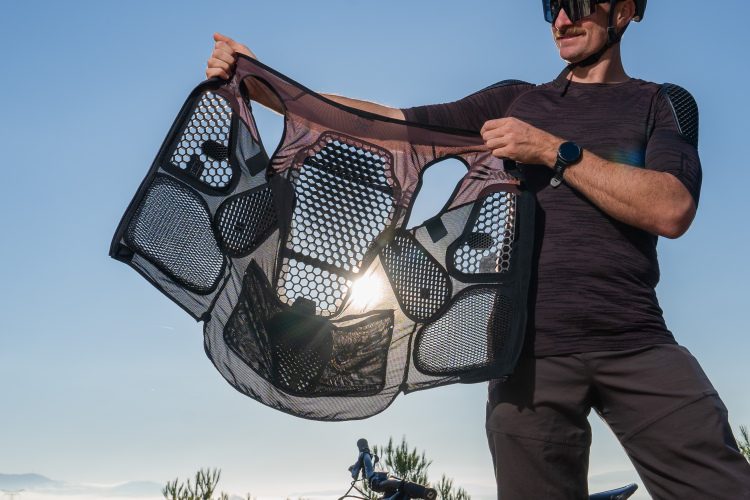
Many bicycle power meters are expensive and difficult to install, but Arofly claims to have found a simple solution that is affordable, compact, and easy to install. The company’s $249 power system consists of a 10g, Bluetooth pressure sensor that attaches to a rear tire valve and a compact head unit for recording and displaying the data.
The Arofly is said to calculate cycling power based on changes in tire pressure and the speed of the wheel. As Otto from Arofly explained it to me, every pedal stroke places downward pressure on the bike, which results in a slight rise (and fall) in tire pressure. The Arofly combines pressure readings with readings from a G sensor to calculate power, which is said to be accurate to within 1-2%. Not only that, Arofly can also get a sense of the rider’s cadence based on tire pressure.

I asked Otto if the Arofly would work for mountain biking, since presumably every rock or root on the trail would spike the pressure readings. He responded that the algorithm is able to filter out these blips, presumably because a rock or root hit produces a much larger pressure spike than normal pedaling forces. It’s also worth noting that as the company gathers more data, they may be able to improve the algorithm to gain better accuracy.
Beyond the power application, it seems mountain bikers might find it beneficial to continuously monitor tire pressure for other reasons too. For example, if tire pressure is trending downward, it could be a sign of a slow leak. Detecting this early could mean saving an expensive set of carbon rims from a direct hit down the trail.
Then there’s also the performance side of tire pressure monitoring. Imagine a ShockWiz-type product that measures tire pressure and provides recommendations for optimizing performance. In fact, Hutchinson showed off a prototype at Eurobike that is designed to serve a similar function.
As sensors become smaller and more affordable, I suspect we’ll begin to see even more products like Arofly, and more uses for the data those sensors collect. What’s your take: are “smart bikes” bristling with sensors the way of the future, or the death of simplicity?










0 Comments